Conveniently reserve your spot with just a few clicks through our easy-to-use online booking system.


Sciatica is a common condition that can cause significant pain and discomfort. It's characterised by pain radiating along the path of the sciatic nerve, which runs from your lower back through your buttocks and down your leg. This pain can be sharp and shooting, or feel like a dull ache. While sciatica can be debilitating, it often improves with conservative treatment.
You are not required to provide a referral letter from your doctor or GP.
Start a visit quickly and discreetly whenever works best for you.
Our doctors review symptoms, prescribe treatments if needed.
Proceed with your healthcare journey as you wish. You're in control.
You control medical records, access anytime.
Sciatica symptoms range from mild to severe, and recognising them early can lead to more effective management. Key indicators of sciatica include pain in specific areas, sensory changes, and difficulties with routine movements.
Sciatica often begins with a dull ache or sharp pain in the lower back, which can intensify during certain movements or prolonged sitting.
The discomfort frequently extends to the legs, often feeling more severe than the back pain. It’s characterised by a burning or stabbing sensation that can make standing or walking difficult.
Individuals with sciatica may experience numbness, tingling, or a loss of sensation, typically along the path of the sciatic nerve. These sensory changes can affect one or both sides of the body.
Spasms can occur in the lower back or legs due to the irritation of the nerve. This might cause involuntary muscle contractions, increased pain, and stiffness.
Sciatica can lead to a noticeable weakness in the affected leg or foot, often making routine activities like walking or lifting objects challenging.
Sitting for extended periods can amplify the discomfort.
Сontact us to schedule an appointment or learn more
Conveniently reserve your spot with just a few clicks through our easy-to-use online booking system.
Have a question or request? Drop us a message, and our team will get back to you promptly.
Feel free to give us a call, and our friendly staff will be glad to assist you over the phone.
Incorporating specific exercises and physical therapy can give you relief from sciatica pain. These strategies can alleviate symptoms and improve mobility, especially when tailored to individual needs.
Practical Exercises
Sciatica exercises should be specifically tailored to your type and severity of symptoms. It's essential to have exercises prescribed and supervised by a professional to ensure safety and effectiveness.
Exercise Variation: Different sciatica types necessitate varied exercises. Professionals can recommend targeted movements to align with your unique needs.
Walking: Despite the pain, walking may be advised to promote circulation and ease inflammation. The intensity should be moderated to suit your comfort levels.
General Stretches: Exercises like knee-to-chest and lower back stretches can be helpful, but their appropriateness can vary based on your specific condition and symptoms.
Posture and Movements
Maintaining a correct posture is critical. Avoid sitting for prolonged periods, and choose chairs that offer good lumbar support when you do sit. Be mindful of your movements, and avoid heavy lifting or twisting the spine abruptly.
Physical Therapy’s Role
A personalised physical therapy program can be a game-changer. Our London-based physiotherapists are skilled in shaping routines that address your unique symptoms and challenges, aiding in pain relief and preventing future episodes.
Understanding the root cause of your sciatica is crucial to finding the proper treatment.
The spine is made up of individual bones (vertebrae), and in between these bones are discs filled with a jelly-like substance. These discs act as cushions that prevent the vertebrae from grinding against each other.
However, with age, injury, or strain, these discs can weaken and lose their shape. When this happens, the outer layer of the disc can bulge outward. This condition is known as a bulging disc. Though it’s a common part of ageing, in some cases, the bulging can become significant enough to press against the sciatic nerve. This leads to pain and discomfort.
A more severe condition is a herniated disc. Not only does the outer layer bulge, but the inner, jelly-like substance also leaks out. The leaking substance can inflame and irritate the nearby sciatic nerve, resulting in sciatica. The pain can be sharp and burning, often accompanied by numbness and tingling sensations that radiate down the affected leg.
Lumbar spinal stenosis is a condition characterised by the narrowing of the vertebral cavity in the lower back, often affecting older adults.
This constriction can result from:
Often caused by osteoarthritis, leading to bone spurs that encroach on the nerve space
When discs protrude into the vertebral cavity, reducing nerve space
Age can make spinal ligaments stiff and thick, bulging into the nerve space
Abnormal growths can encroach on the spinal cord or nerves
Incidents like car accidents can cause bone displacement or inflammation, affecting the nerves
This narrowing can press on nerves, resulting in pain, numbness, or muscle weakness, potentially leading to sciatica. Addressing this condition generally involves medication, physical therapy, or sometimes surgery to relieve pressure on the nerves.
Spondylolisthesis is the forward slippage of one vertebra over another, commonly occurring in the lower back. The slipped vertebra may then compress the sciatic nerve, leading to sciatica.
It can be caused by the following:
Some are born with this condition, or it develops during childhood.
Common among athletes, especially in sports that involve extensive back movements.
Resulting from age-related wear and tear.
Caused by injuries that directly impact the spine.
Diseases or tumours that weaken the vertebrae can lead to slippage.
The condition is diagnosed through physical exams and imaging tests. Treatments range from pain management and physical therapy for mild cases to surgery for severe slippage to alleviate nerve compression.
Pregnancy can sometimes lead to sciatica as a result of several physical and hormonal changes that occur in the body.
During pregnancy, the body gains additional weight to support the growing baby. This added weight can increase pressure on the spine and the sciatic nerve.
As the baby grows, there can be a shift in the mother’s centre of gravity and a stretching and straining of the lower back. This leads to increased stress on the spine.
Pregnancy induces the release of certain hormones like relaxin, which loosens the joints and ligaments near the pelvic bone to prepare for childbirth. This loosening can sometimes affect the spine, leading to instability and added pressure on the sciatic nerve.
Certain occupations and lifestyles can significantly increase the risk of developing sciatica. Here’s a closer look:
Occupational Hazards:
Jobs that involve long periods of sitting can lead to increased pressure on the sciatic nerve.
Occupations requiring the lifting of heavy objects, particularly without proper technique, can strain the back and lead to disc issues or spinal misalignments. This may impact the sciatic nerve.
Lifestyle Factors:
Being overweight or obese adds extra stress to the spine, increasing the risk of spinal changes that can trigger sciatica.
A sedentary lifestyle can lead to weight gain and reduced muscle tone, exacerbating the risk of sciatic nerve compression.
Slouching or maintaining incorrect postures while sitting for prolonged periods or lifting heavy objects can lead to spinal and muscular imbalances, exerting pressure on the sciatic nerve.
Repetitive movements or standing/sitting in a particular posture that places unequal pressure on the body may result in anatomical imbalances causing nerve irritation.












